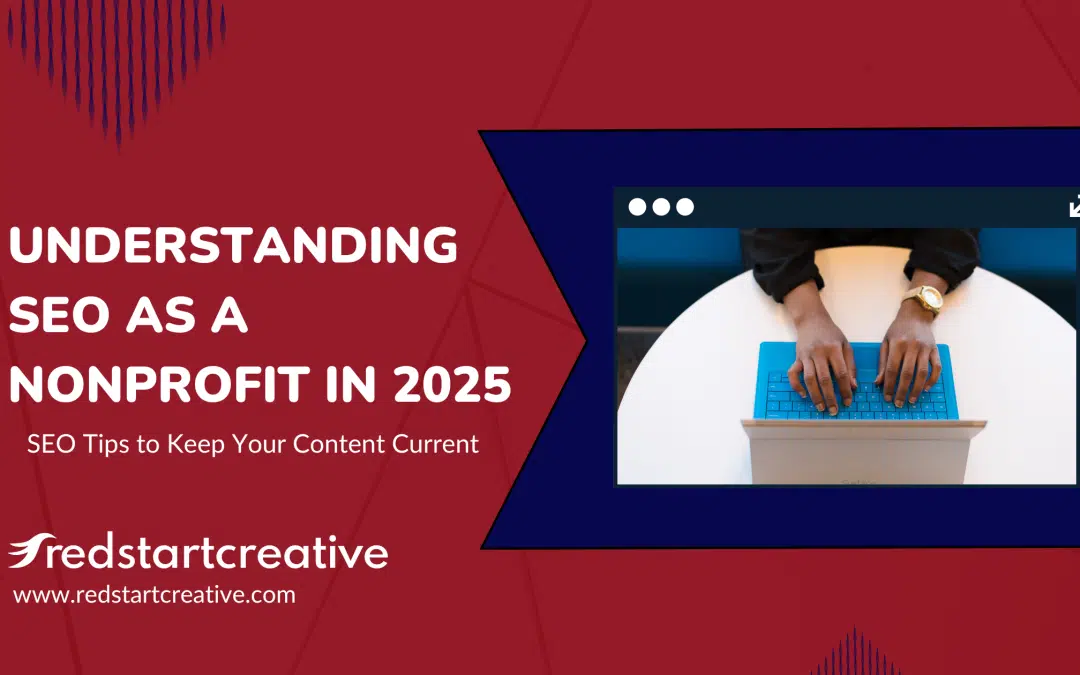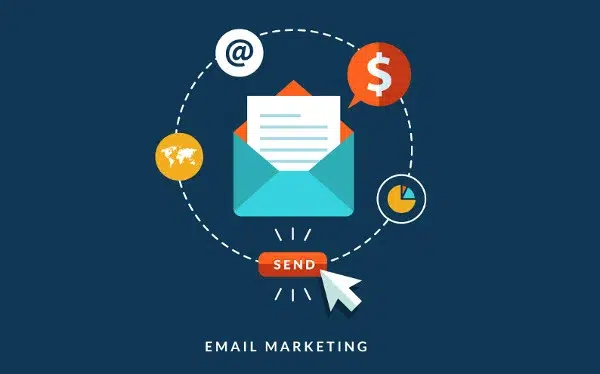Here at Redstart Creative, we define Graphic Design as the art whose aim is communication beyond words. As graphic designers, we are artists applying our talents through communicating and purposeful art. We help our clients communicate to others by means of graphic (visual) elements such as images of different styles and complexity, types and fonts, infographics, charts, shapes, sizes, colors, shades, lines, curves, etc. Our graphic designers have an in-depth knowledge of various design topics including typography, whitespace, responsive design, color theory, and more. They are familiar with both web and print work, allowing us to create a range of designs for both print and digital use by our clients.
How Graphic Design Drives Visual Communication
In graphic design, communication happens through form and figure, color, composition, and typography. If you think about graphic design in the context of written communications. Each individual graphical element are the words that make up the text, such as the color of a shape. The organization’s color palette weaves those words into a sentence. And both graphical elements and colors come together to create paragraphs. This is what helps to communicate meaning in the finished design.
Graphic design helps to create a quickly identifiable “face” for your brand that helps differentiate and promote your organization. Your company logo, typeface, colors, website layout, and marketing materials establish an immediate impression of your company. We work with you to pull these visual elements together in a way that will positively convey your brand and desired organizational image.
Every day, people are inundated with information from their phones, computers, TV, radio, billboards, magazines, and more. Attention spans are getting shorter and shorter because of it. Organizations have only a few seconds to capture viewers’ attention and keep it. This is where graphic design comes in. Images and infographics have the power to communicate complex messages much faster than words can.
When we’re working with a client to develop marketing materials we typically focus on 4 main areas.
Typography
Typography in graphic design can strongly affect how your audience reacts to your marketing collateral. Careful and consistent use of typography can be just as important as the use of graphics, color, and images in creating and solidifying an organization’s brand. Typography consists in arranging text in a legible, striking, and engaging way. It’s more than typing in a pretty font. It’s a strategic arrangement that takes into account the following elements:
- Typefaces
- Fonts
- Hierarchy
- Consistency
- Alignment
- Whitespace
- Color
Our designers unite all of the elements above to create designs for a variety of mediums and purposes.
Color
Graphic Designers use color to convey a message, evoke certain feelings, build contrast, and define hierarchy. Color theory is utilized to understand how the colors on the page will relate to one another and how they will impact the viewer. By using specific colors within a design, different emotions can be inspired, and thus make images more memorable. Color also affects the contrast and readability on a page, so designers use color to support the message and hierarchy with the type in mind. The key to great color design is understanding the message that the marketing project is trying to convey and choosing colors that will best achieve it.
Space
Space between letters, lines of copy, paragraphs of copy, and all the space within the page allow for readability and balance within the design. Appropriate spacing is pertinent to great design because, without space, the copy and design can feel cramped and uninviting. Cramped marketing materials that are too tight or too packed will turn viewers away. Ideal spacing, partnered with color, type, and images, will create a visual reading path for the viewer – achieving the clear communication that is the goal of great design.
Infographics/Charts
When presenting statistics, lists of services, or outcomes, designers will use infographics and charts to create visual breaks within a design. Not only do infographics/stats and charts help present interesting information in a different way that will break up the page, but it allows the viewer to absorb that information quickly and concisely. These visual representations of content allow the designer to incorporate additional graphic elements, such as icons, and/or color variations, adding visual interest and add contrast to the design. Infographics and charts support the overall goal of the marketing material by creating visual breaks and supporting the overall hierarchy.
Good design is like a well-written book or speech. All of the words have been carefully chosen to guide the reader or listener through a series of ideas that communicate an overall message. If we consider what messages we want to communicate, choose our design “words” carefully, and get feedback about what we communicated from others, we can all create great designs with valuable outcomes.



